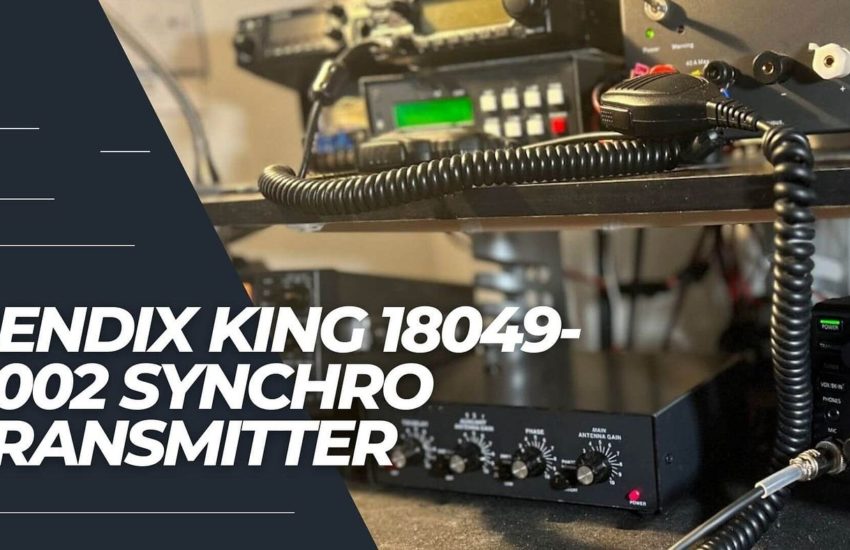
In the realm of modern manufacturing and prototyping, 3D printing stands out as a revolutionary technology. With its ability to turn digital designs into tangible objects swiftly and efficiently, 3D printing has transformed various industries, from automotive to aerospace, healthcare to consumer goods. Central to the 3D printing process are 3D print files, the digital blueprints that instruct the printer on how to create the desired object layer by layer. In this comprehensive guide, we delve into the intricacies of 3D print files, exploring their types, formats, optimization techniques, and best practices, to unleash their full potential in realizing your creative visions.
Understanding 3D Print Files
Before delving into the depths of 3D print files, it’s essential to grasp their fundamental nature. 3D print files, also known as CAD (Computer-Aided Design) files, are digital representations of three-dimensional objects created using specialized software. These files contain detailed information about the geometry, structure, and other specifications necessary for 3D printing. The most common formats for 3D print files include STL (STereoLithography), OBJ (Object), AMF (Additive Manufacturing File Format), and 3MF (3D Manufacturing Format).
Types of 3D Print Files
- STL (STereoLithography): Developed by 3D Systems, STL remains one of the most widely used file formats in 3D printing. It represents the surface geometry of the object using a series of connected triangles.
- OBJ (Object): OBJ files contain not only geometric information but also texture, color, and other visual attributes, making them versatile for various applications.
- AMF (Additive Manufacturing File Format): AMF files support more complex geometries and offer better compatibility with advanced printing features like color, materials, and texture mapping.
- 3MF (3D Manufacturing Format): Introduced as a successor to STL, 3MF files provide a more efficient and comprehensive way to represent 3D models, including color, materials, and other metadata.
Optimizing 3D Print Files for Superior Results
While possessing a 3D print file is a crucial first step, optimizing it for printing is equally important to achieve superior results. Here are some tips to optimize 3D print files:
1. Check and Repair Geometry
Before printing, it’s essential to ensure that the 3D model’s geometry is watertight and free from errors. Utilize 3D modeling software or specialized repair tools to identify and fix any issues like non-manifold geometry, holes, or intersecting surfaces.
2. Adjust Orientation and Supports
Optimize the orientation of the 3D model within the print bed to minimize the need for supports and reduce printing time and material usage. Consider factors such as overhangs, bridging, and surface finish when determining the optimal orientation.
3. Set Appropriate Print Parameters
Fine-tune print parameters such as layer height, infill density, print speed, and temperature based on the desired quality, strength, and time constraints of the print. Experiment with different settings to find the optimal balance between print quality and efficiency.
4. Choose the Right Printing Technology and Material
Selecting the appropriate 3D printing technology (e.g., FDM, SLA, SLS) and material (e.g., PLA, ABS, resin) is critical to achieving the desired properties and characteristics of the printed object. Consider factors such as strength, durability, surface finish, and post-processing requirements when making your choices.
Conclusion
In conclusion, 3D print files serve as the backbone of the 3D printing process, enabling the translation of digital designs into physical objects with precision and efficiency. By understanding the types, formats, and optimization techniques associated with 3D print files, you can harness their full potential to realize your creative visions and drive innovation across various industries.


